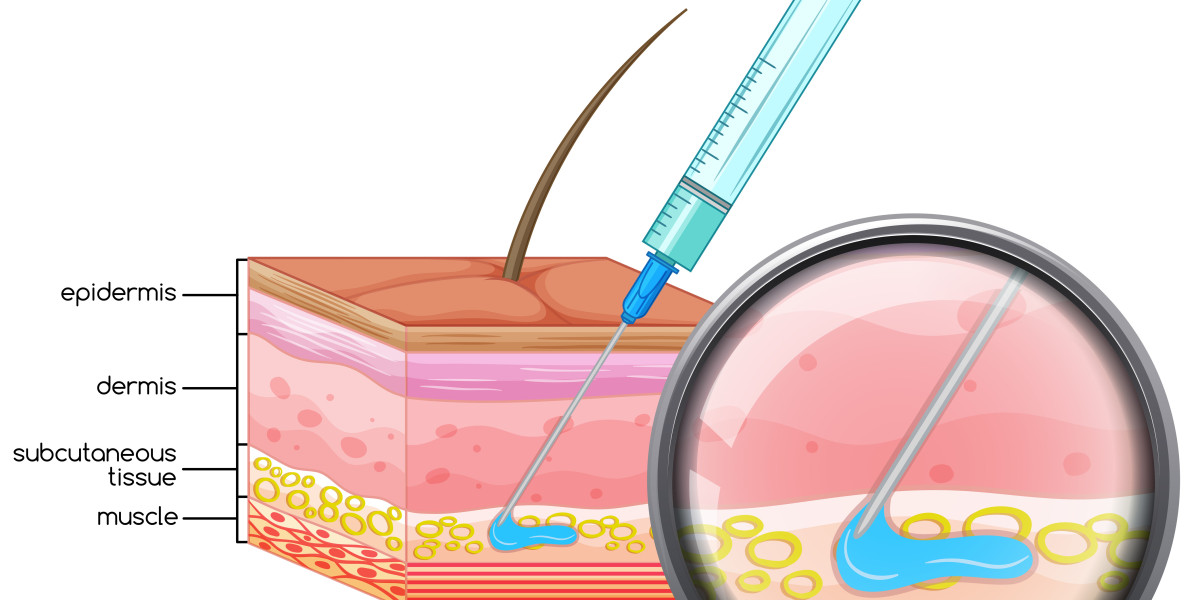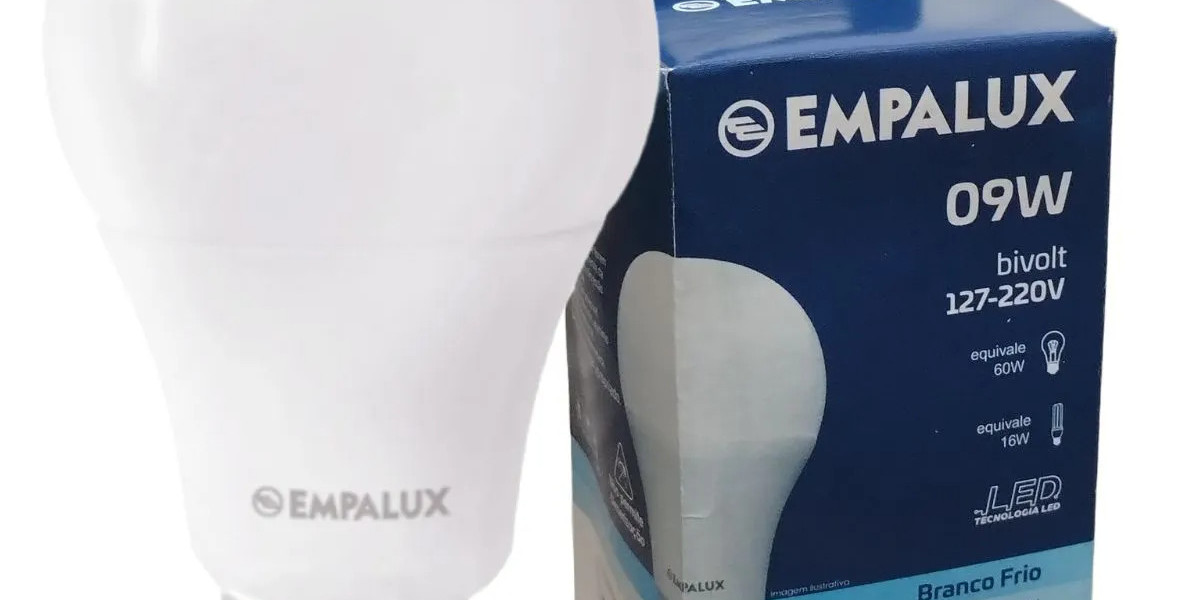The construction industry is constantly evolving, with new materials and techniques being developed to meet the demands of modern building projects. One such innovation is the use of single layer membranes, which have become increasingly popular due to their ability to enhance both durability and efficiency in construction. These membranes, often used in roofing and waterproofing applications, provide a range of benefits that contribute to the longevity and performance of buildings. In this article, we will explore how single layer membranes are transforming the construction industry by improving durability, waterproofing, and energy efficiency.
What Are Single Layer Membranes?
Single layer membranes are thin, flexible sheets made from synthetic materials like ethylene propylene diene monomer (EPDM), thermoplastic polyolefin (TPO), or polyvinyl chloride (PVC). These membranes are designed to create a continuous, watertight barrier over a surface, protecting it from moisture, UV radiation, and other environmental factors. Unlike traditional multi-layered roofing systems, single layer membranes consist of just one layer, which simplifies installation and maintenance while offering superior performance.
The Role of Single Layer Membranes in Enhancing Durability
Durability is a critical factor in construction, as buildings are expected to withstand various environmental stresses over their lifespan. Single layer membranes contribute significantly to the durability of structures in several ways:
1. Resistance to Environmental Factors
Single layer membranes are engineered to resist a wide range of environmental factors, including extreme temperatures, UV radiation, and chemical exposure. This resistance helps prevent the degradation of the membrane over time, ensuring that it maintains its protective properties throughout the life of the building. For example, EPDM membranes are known for their exceptional UV resistance, making them ideal for use in regions with high sun exposure.
2. Waterproofing Capabilities
Water damage is one of the most common causes of structural deterioration in buildings. Single layer membranes provide excellent waterproofing capabilities, preventing water from seeping into the building’s structure. This is particularly important in roofing applications, where even a small leak can lead to significant damage. By creating a watertight barrier, single layer membranes protect the building from moisture-related issues such as mold growth, rot, and corrosion.
3. Flexibility and Elasticity
The flexibility and elasticity of single layer membranes allow them to accommodate the natural movement of buildings without cracking or splitting. This is especially important in areas prone to temperature fluctuations, where expansion and contraction can cause traditional roofing materials to fail. Single layer membranes can stretch and contract as needed, maintaining their integrity and providing long-lasting protection.
How Single Layer Membranes Improve Efficiency in Construction
In addition to enhancing durability, single layer membranes also contribute to the overall efficiency of construction projects. This efficiency can be seen in several areas, including installation, energy performance, and maintenance.
1. Simplified Installation
One of the key advantages of single layer membranes is their ease of installation. Traditional multi-layered roofing systems often require several layers of materials, each with its own installation process. In contrast, single layer membranes are installed in one step, reducing labor costs and the time required to complete the project. This simplified installation process also minimizes the risk of errors, which can lead to leaks or other issues.
2. Energy Efficiency
Single layer membranes can significantly improve the energy efficiency of a building, particularly when used in roofing applications. For example, TPO membranes are highly reflective, meaning they reflect a large portion of the sun’s rays instead of absorbing them. This helps keep the building cooler in the summer, reducing the need for air conditioning and lowering energy costs. Similarly, PVC membranes can be designed with insulation properties, further enhancing the building’s energy efficiency.
3. Reduced Maintenance
Maintenance is a crucial aspect of building management, and single layer membranes help reduce the need for frequent upkeep. Their durability and resistance to environmental factors mean that they are less likely to develop issues that require repair. Additionally, the seamless nature of single layer membranes minimizes the potential for leaks, further reducing maintenance needs. When maintenance is required, it is often straightforward, as the single layer system allows for easy access and repair.
Applications of Single Layer Membranes in Construction
Single layer membranes are versatile and can be used in various construction applications, from commercial roofing to waterproofing foundations. Some of the most common applications include:
1. Commercial Roofing
Single layer membranes are widely used in commercial roofing projects due to their durability, ease of installation, and energy efficiency. They are particularly popular in flat or low-slope roofing systems, where their waterproofing capabilities are essential. The ability to install these membranes quickly and with minimal disruption makes them an attractive option for commercial buildings.
2. Residential Roofing
While single layer membranes are most commonly associated with commercial construction, they are also becoming more popular in residential roofing projects. Homeowners are increasingly recognizing the benefits of single layer membranes, particularly in terms of energy savings and low maintenance. These membranes offer a modern, durable solution for residential roofs, particularly in regions with extreme weather conditions.
3. Waterproofing Foundations
In addition to roofing, single layer membranes are also used to waterproof foundations and other below-grade structures. By creating a barrier against moisture, these membranes help protect the building’s structural integrity and prevent issues such as mold growth and foundation erosion. This is particularly important in areas with high groundwater levels or heavy rainfall.
4. Green Roofing Systems
Single layer membranes are often used as the waterproofing layer in green roofing systems, where vegetation is planted on the roof. The membrane provides a durable, watertight barrier that prevents water from penetrating the building, while also supporting the growth of plants. This application highlights the versatility of single layer membranes, as they can be adapted to meet the specific needs of green roofing projects.
Conclusion
Single layer membranes are revolutionizing the construction industry by enhancing both the durability and efficiency of buildings. Their resistance to environmental factors, superior waterproofing capabilities, and flexibility make them an ideal choice for a wide range of applications. In addition, their ease of installation, energy efficiency, and low maintenance requirements contribute to the overall efficiency of construction projects. As the demand for sustainable, cost-effective building solutions continues to grow, single layer membranes are set to play an increasingly important role in modern construction. Whether in commercial or residential projects, these membranes offer a reliable, long-lasting solution that meets the needs of today’s builders and property owners.






